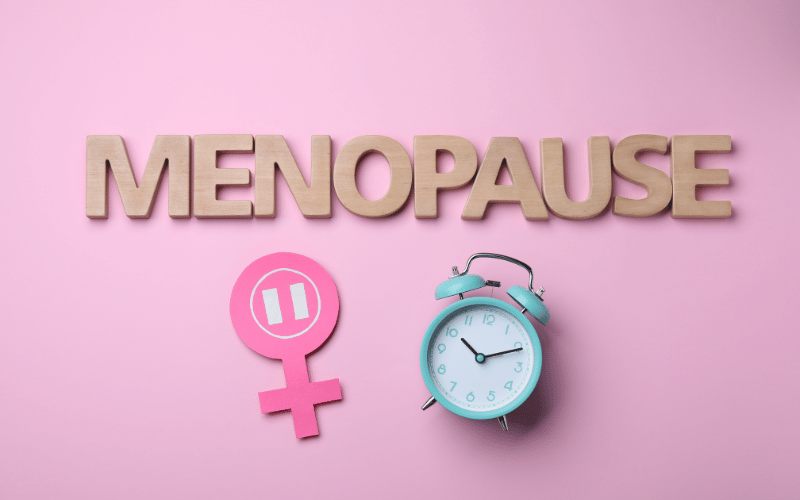Introduction: Decoding the Early Onset of Menopause
Navigating the complex journey of menopause can be daunting, particularly when it arrives prematurely. While the typical onset of menopause transpires during a woman’s mid-forties to mid-fifties, an early arrival can bring unexpected challenges and health considerations.

Known in medical terms as premature menopause, this condition has diverse origins, ranging from genetic factors to environmental influences. In the subsequent sections, we’ll delve into the ten critical causes that precipitate this early hormonal shift.
The reality of early menopause is not just a cessation of menstruation; it is a signal of underlying health dynamics that demand attention. Women who find themselves on this untimely path often grapple with the suddenness of the change. Understanding the intricacies of these causes is paramount in fostering a supportive dialogue for those experiencing this transition.
For women who navigate this early hormonal transition, the implications go beyond fertility. The ripple effects touch on bone density, cardiovascular health, and emotional well-being. A thorough grasp of the causative factors is thus not just a matter of curiosity but of essential health literacy.
We commence our exploration with genetics, a foundational element that sets the stage for early menopause. The threads of our DNA carry secrets, including the likelihood of this early shift.
Autoimmune disorders add another layer of complexity, often cloaked in the mystery of why the body turns against itself. Chromosomal nuances also play their part, underscoring the role of inherent genetic makeup.
However, it’s not just what’s written in the genes that matters. Lifestyle choices cast a significant shadow over the timing of menopause. From smoking to the nuances of diet, the decisions made daily can accelerate or delay the natural course of reproductive aging.
1. Genetic Blueprints: The Invisible Threads of Early Menopause

Genetic factors can predestine the timing of menopause with a certainty that often takes many by surprise. Women who carry this inherited tendency may find the sands of their reproductive hourglass slipping away sooner than anticipated.
The first whisper of this genetic influence often comes from the maternal line. Daughters tend to follow the footprints of their mothers when it comes to reproductive milestones. Scientists have pinpointed specific genes associated with ovarian function. These genes control the creation and death of ovarian follicles. A glitch here, a mutation there, and the ovaries might cease to function years before they should.
Yet, it’s not always a direct hand-me-down from mother to daughter. Sometimes, the genetic predisposition is a patchwork, involving several genes inherited from both parents. Researchers continue to untangle this complex web, but the consensus is clear. Genetics plays a formidable role in determining the onset of menopause.
In cases where early menopause runs in the family, genetic counseling can offer insights. It can help predict the likelihood of a similar experience and guide decisions about family planning and health management. Knowledge of one’s genetic predisposition provides a window of opportunity. Women can plan for the potential impacts on their fertility and long-term health. (1)